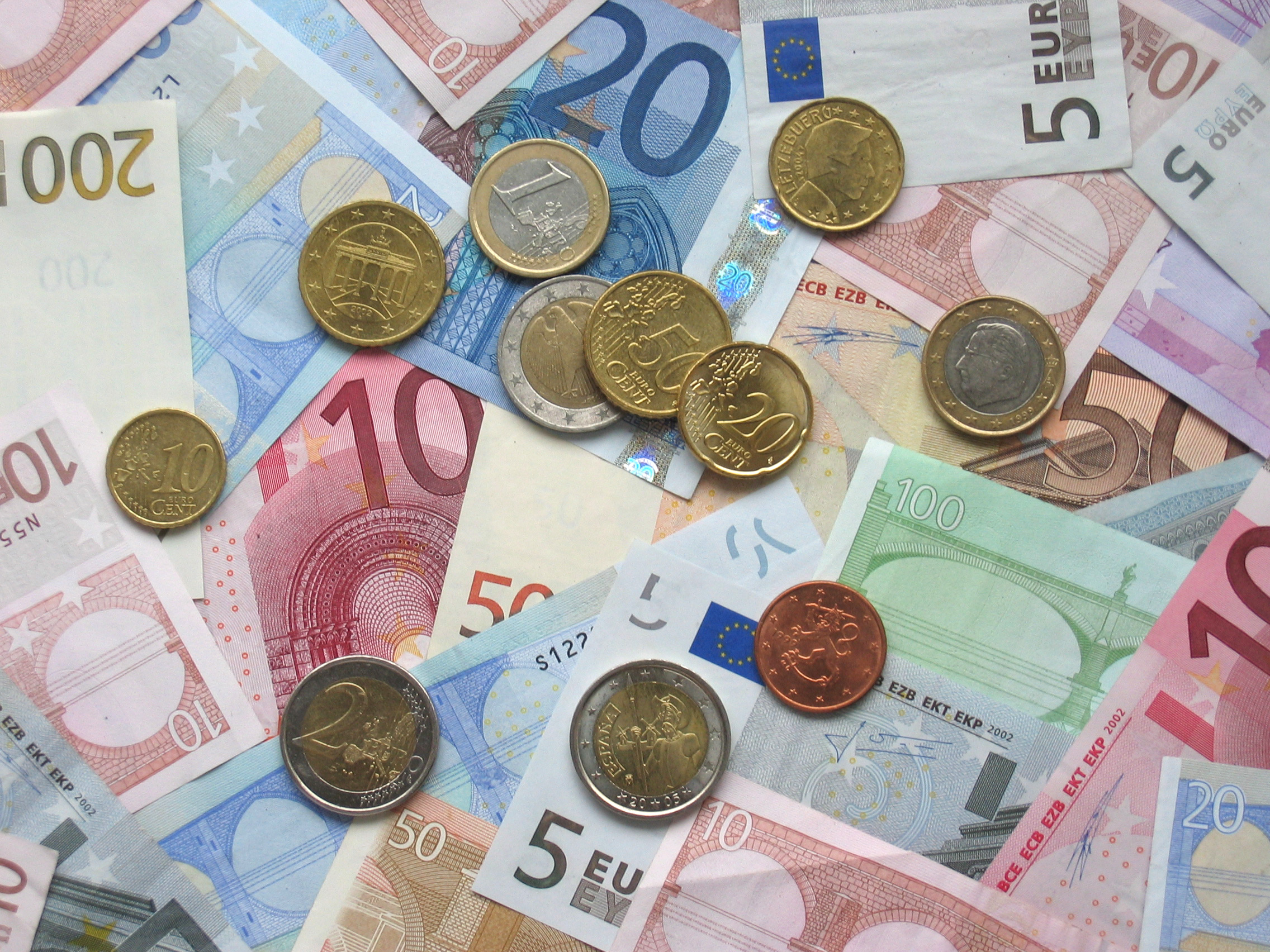- No profit since inception combined with cash burn have weighed on valuation over the last year
- High capital expenditures weighing on financials should reverse in coming years
- New products combined with vertical integration likely to improve company margins
- High short interest means a potential short squeeze should Tesla meet delivery targets
Tesla (TSLA:NSDQ) has had a rough calendar year in 2015. The company has been burning through cash reserves and debt levels have steadily increased throughout the year. Share prices have reflected fears on the company's outlook, having fallen from record highs at the start of the year. There have also recently been concerns about Tesla’s ability to hit its sales guidance for the fourth quarter, as well as broader concerns about the company’s future goals and fears of increased competition in electric vehicles by major automakers. However, 2016 should show great improvement in sales as well as revenues as several investments will begin to see dividends. Sales of the new Model X SUV should begin to truly take off as the company continues to vertically integrate the manufacturing process with the increased capacity of Tesla’s “Gigafactory” helping to increase production of all Tesla’s products.
Burning Through the War Chest
Despite increased brand awareness and popularity, Tesla has found itself falling out of favor with Wall Street recently as the company increased its spending and capital expenditure as revenues have remained mostly flat and losses continue to mount. During the third quarter, the company’s net losses increased by 25.00%, and were more than twice that of the same quarter a year earlier. This came as revenues remained mostly flat (fell by 2.00%) quarter to quarter. While Tesla has experienced losses fairly consistently, revenues had been growing at a healthy pace before the fourth quarter of 2014. Since then, Tesla has continued to burn through its cash reserves, hemorrhaging needed capital as it positions itself to become a leading global automaker.
For the third quarter, cash and cash equivalents fell 39.90% year-over-year though Tesla did manage to increase the figure by 23.90% over the previous quarter. Even with the quarterly increase, the company’s cash flow is much lower than at the end of 2015 by a wide margin. The expenditures however, were mostly related to improvements in production and capacity expansion for manufacturing the new Model X alongside the continuing construction of the company’s “Gigafactory”. These major projects have raised operating expenses by 5.00 point growth to $363 million, though some expenditures such as R&D have started to decline as these major projects near completion and continue to advance.
Some analysts have also expressed strong concerns that Tesla might not be able to meet its own sales guidance, given that the new Model X has seen slow sales, and production is still somewhat hampered by manufacturing complications. To date, Tesla has still been having problems manufacturing enough of the vehicles to meet demand and bookings. To respond to these issues, Tesla has moved to vertically integrate its production. This should help alleviate demand pressures, but it is likely Model X sales will not largely contribute to the company’s top line before next year. Overall sales were also affected by a slowdown sector-wide as plug-in hybrids gained more traction among consumers.
Tesla bears have also been quick to point out that the market for electric vehicles (EV) is quickly becoming highly competitive. Both Volkswagen and Chevrolet already offer a completely electric vehicle. Volkswagen is seeking to enter the luxury EV market with the launch of its Porsche Mission E while BMW has also announced plans to release a driverless vehicle in the near future, a market which Tesla has been looking to dominate with its own technology although the development remains in the early stages. Although these projects have not yet hit the open marketplace, they do put substantial pressure on Tesla to expand its market share quickly, or risk losing ground later on to competitors.
Better Forecast for 2016
Things should look up for Tesla in 2016, and even in the fourth quarter. The company has been historically successful at hitting its quarterly forecasts, meeting sales targets in 10 of the past 11 quarters. Currently, the company is on pace to at least break the lower end of their 50,000 to 55,000 sales target. The company is expected to ship between 17,000 and 19,000 vehicles in the final quarter of the year, which would represent its biggest quarterly deliveries ever by a wide margin. The company has shown confidence in its ability to work out the major kinks in production and is accomplished at meeting any challenge.
2016 should also provide Tesla with a much better expenses outlook. As much of its reserves as it has had to burn through, much of that was on capital projects that were geared towards improving production synergies and increasing revenues, as well as improving production and product expansion. The company’s "Gigafactory" will be ramping up production in the coming year and manufacturing difficulties in Model X production should be further streamlined by vertical integration. Tesla is also diversifying into the wider energy provision industry. The company’s Powerwall and Powerpack technologies have already been released to market, and could prove to be a robust complement to vehicle sales.
Fundamental Perspective
Considering the sheer amount of cash Tesla burns through on a regular basis, it has quite the enviable valuation, to a large degree attributable to its quest to revolutionize the modern automobile. For a company that has not earned a single dollar of profits since inception, Tesla’s impressive $30.17 billion valuation puts it among the major global automakers in terms of scale despite its small number of comparable annualized deliveries. Although earnings per share of -$5.31 for the trailing twelve months might appear daunting, the calculated risk of building a vertical structure will certainly benefit the company’s margins down the road.
What is quite concerning aside from the existing financials is the 27.87% of the float being shorted by investors betting on the demise of the automaker upstart. Although on paper the cash burn is huge, when taken in context, Tesla does have a remarkable future in store especially in light of the vertical integration and benefits from capital expenditures on the "Gigafactory". Although prices entered a bear market after falling over 20% from highs, the move lower from July highs indicates a technical correction that shows the long-term uptrend remains intact. On the upside, the next target is $243.15 to be followed by $249.06 which will be achievable especially should Tesla meet its delivery targets. Any further move higher could also cause a squeeze that would add to upward momentum.
Conclusion
While 2015 might end in mild disappointment for investors in Tesla, the company is poised to turn it around in 2016. Despite a focus on sales growth and expansion over profits, the company has shown it is committed to improving its production and business processes, as well as continued innovation. The New Year should bring Tesla a major improvement in both revenues and sales and prove a boon for shareholders. Should prices manage to climb back higher on the back of the emerging synergies, prices could easily march back towards record highs with short squeeze tailwinds to boost momentum.






















